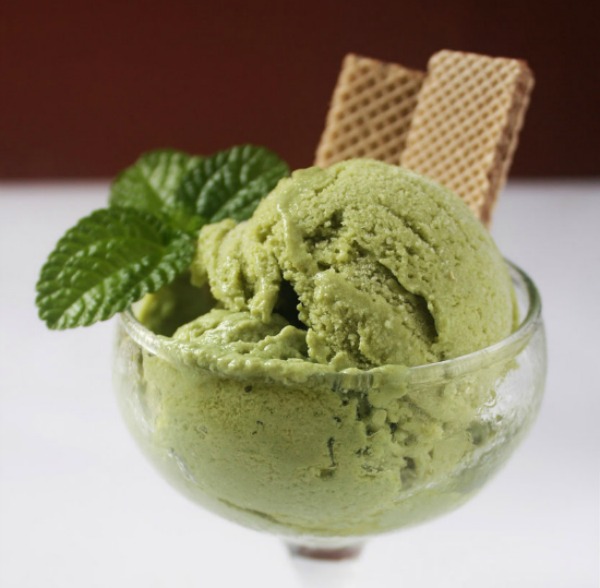Green Tea Side Effects
Does the all natural blend of green tea have any side effects? Get the facts straight as the fog is lifted in our information guide…
The popularity of green tea has made it the second most commonly consumed drink after water. This is not without good reason. The amazing brew is loaded with many health benefits that the Chinese and Japanese have been using for eons and now the rest of the world is also hooked on to the drink.
The healing properties that green tea is endowed with are many. This makes it an ideal choice for health conscious individuals in place of their daily black tea or coffee. Green tea can help recover cellular damage and prevent deadly diseases from cropping up. It also helps to reinforce the immune system and make it strong enough to shun off many illnesses on its own.
Green tea is being heavily advertised as the best all natural alternative to chemical medication in many cases. It is true that green tea does serve as the best alternative to chemical medicines but even this all natural remedy has its downsides.
Catching the culprit
Like coffee, green tea too has caffeine. Although the caffeine content in green tea is much lower than what you would find in coffee it is this particular ingredient that is to be blamed for the side effects that green tea reportedly has. This is the reason why the energy boost that you get from drinking green tea is sustained as compared to what happens when you drink a cup of coffee.
It is only amongst people who have certain sensitivity towards caffeine that green tea poses any real threat of side effects. Generally it does not even raise your heart rate in the way coffee does. People that are sensitive to the caffeine content found in green tea can always opt for a decaf version of the blend available in different forms.
The most common decaf version of green tea is available in the form of tablets that can be eaten in order to reap the benefits of the plant. In this way you can rest assured that you will be safe from the potential side effects of the caffeine in green tea.
The most common reaction to caffeine has been palpitation and nervousness. Some people have also complained about unrest in the stomach. These are not very serious problems anyways and there are plenty of alternatives available for such people who fear they could suffer from these side effects.
There is yet another way in which some people have developed certain side effects by consuming green tea. This however has nothing to do with the constituents of green tea. In their eagerness to avail the health benefits of green tea many people have gone to extremes and consumed excessive amounts of the drink.
The thing to remember is that anything irrespective of how beneficial it may be, it needs to be consumed in a regulated manner. By overdosing on green tea or any of its related products you are bound to develop undesirable effects in your body.













